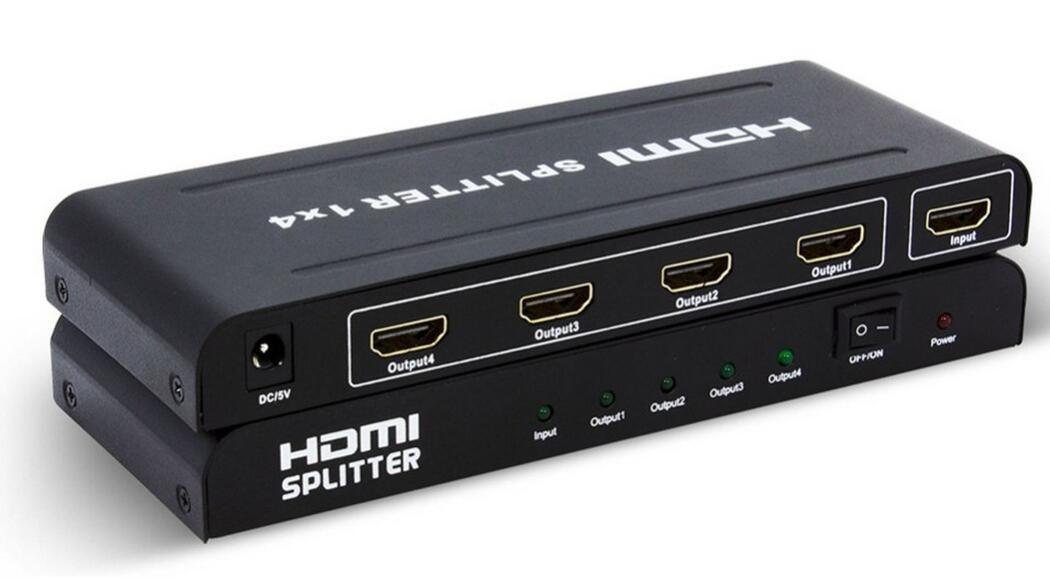Have you ever thought about how to connect more than one screen to a single device without losing quality? An HDMI splitter is the answer. This small, convenient gadget can greatly improve your entertainment or work setup.
Whether you want two TVs to show the same movie or need several monitors for a presentation, an HDMI splitter can come in handy. But not all splitters are created equal – some work better than others depending on what you need them for.
Here are some key features that will help narrow down which type of HDMI splitter is right for you.
Number of Outputs
- This is the first thing people should think about when choosing which HDMI Splitter they should buy. The number of outputs refers to how many devices can be connected with it at once.
- If someone has two displays that need to show the same content, then a 2 port HDMI splitter would do just fine.
- But if they have three or four screens that all have different things on them and want them connected together so everything shows up on each screen simultaneously – this means getting an HDMI switch with three/four ports instead of just one/two like usual!
- But also make sure not too many because sometimes less is more especially if there aren’t enough display sources available in close vicinity where each output connects into its own separate input source; otherwise too many outputs may result into wasting money on extra ports that won’t get used.
Resolution and Refresh Rate Support
- Resolution and refresh rate support are also important things to look at. You want every display connected through an HDMI adapter or cable (whether it’s HD or UHD) to have as high resolution capabilities as possible so images appear crystal clear without any loss in detail.
- Some HDMI splitters only support lower resolutions like 720p or 1080i, which means if your TV can handle 4K then those splitter ports won’t work with it and you’ll have to buy a different one that does support higher resolution outputs such as 2160p (also known as Ultra HD) – this is where people get confused because they think all HDMI switches are created equal but they’re not!
HDCP Compatibility
- HDCP (High-bandwidth Digital Content Protection) compatibility also matters a lot! HDCP is an anti-piracy protection measure used by many media streaming devices including blu-ray players and game consoles among others.
- Not all splitters were created equally when it comes down HDCP so make sure yours supports either HDCP 2.2 or HDCP 1.4 because failure may result into playback issues with protected contents from sources such as these services mentioned above!
Build Quality and Power Supply
- It’s always good practice not only considering build quality but also power supply requirements of any electronic device before making purchasing decisions; HDMI splitters are no exception here too:
- A well-built splitter made out of strong materials will serve one longer as well as provide more reliable performance.
- Always ensure that you check whether the HDMI splitter requires an external power source or if it is a passive splitter. Passive splitters are those which do not need an external power supply while active ones do so always consider this factor.
- Especially when dealing with long cable runs because signal strengths tend to weaken with distance covered between two points when using passive devices of any kind!
Final Thoughts
Choosing the right HDMI splitter can enhance your viewing and work experience significantly. Remember to consider the number of outputs, resolution and refresh rate support, HDCP compatibility, and build quality.
With the right splitter, you can enjoy seamless and high-quality content across multiple screens. Take your time to research and find an HDMI splitter that meets your specific needs.





Comments